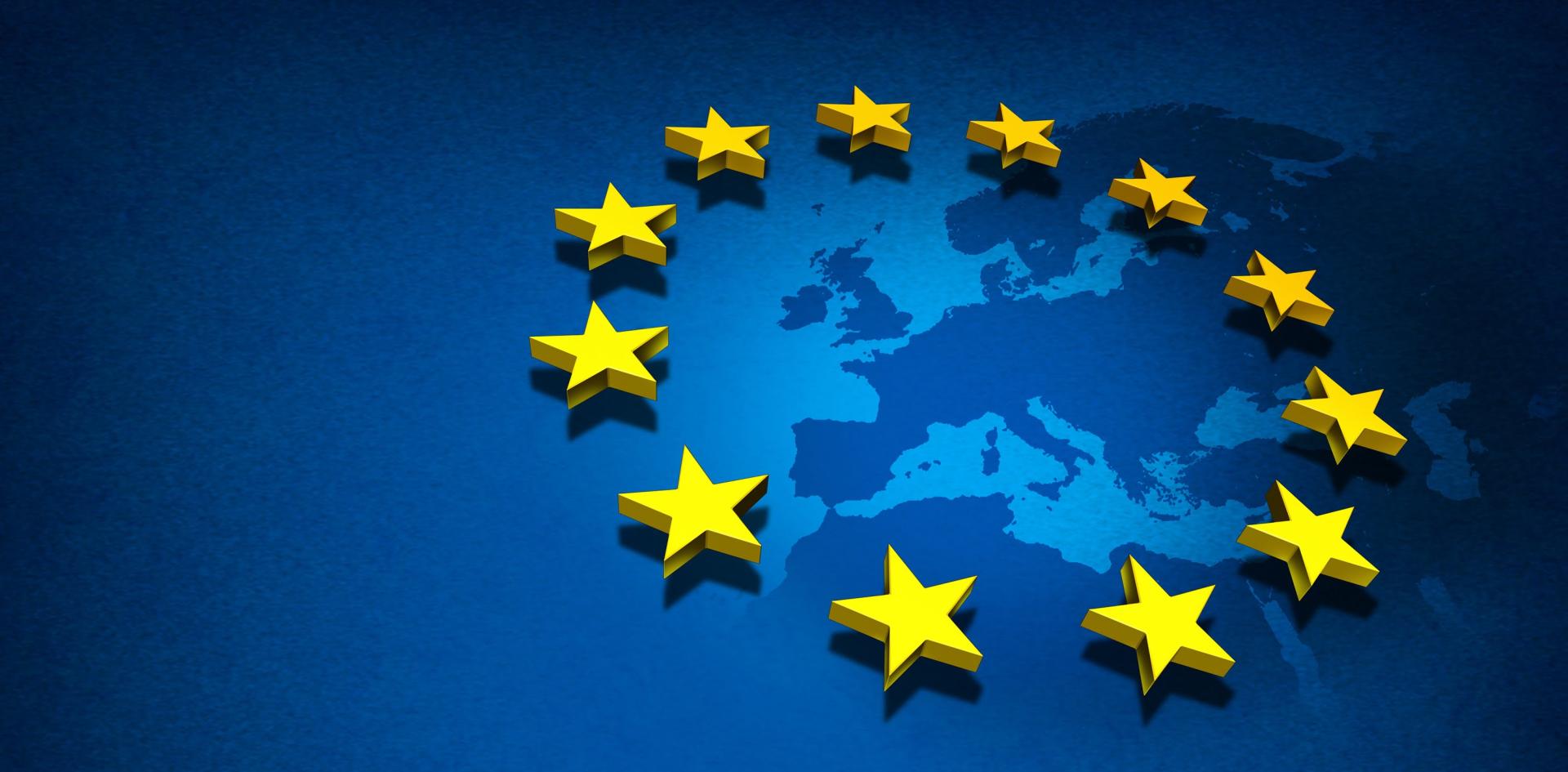BAKU, Azerbaijan, Dec.21
By Leman Zeynalova – Trend:
Share of renewables in EU’s energy mix has more than doubled between 2004 and 2019, Trend reports referring to Eurostat.
The share of renewables in gross final energy consumption stood at 19.7 percent in the EU-27 in 2019, compared with 9.6 percent in 2004.
This positive development has been prompted by the legally binding targets for increasing the share of energy from renewable sources enacted by Directive 2009/28/EC on the promotion of the use of energy from renewable sources. While the EU as a whole is on course to meet its 2020 targets, some Member States will need to make additional efforts to meet their obligations as regards the two main targets: the overall share of energy from renewable sources in the gross final energy consumption and the specific share of energy from renewable sources in transport.
With more than half of energy from renewable sources in its gross final consumption of energy, Sweden (56.4 percent) had by far the highest share among the EU Member States in 2019, ahead of Finland (43.1 percent), Latvia (41 percent), Denmark (37.2 percent) and Austria (33.6 percent). At the opposite end of the scale, the lowest proportions of renewables were registered in Luxembourg (7 percent), Malta (8.5 percent), the Netherlands (8.8 percent) and Belgium (9.9 percent). When looking at the national targets, fourteen Member States have already surpassed their targets for 2020. Six countries are near their targets: Hungary, Austria and Portugal at 0.4 percentage points (pp) from their national targets, Germany (0.6 pp), Malta (1.5 pp) and Spain (1.6 pp). By contrast, still quite far from their national targets are France (5.8 pp), the Netherlands (5.2 pp), as well as Ireland and Luxembourg (both 4.0 pp).
The accounting rules in Directive 2009/28/EC prescribe that electricity generated by hydro power and wind power have to be normalized to account for annual weather variations (hydro is normalized over the last 15 years and wind over the last 5 years).
The growth in electricity generated from renewable energy sources during the period 2009 to 2019 largely reflects an expansion in three renewable energy sources across the EU, principally wind power, but also solar power and solid biofuels (including renewable wastes). In 2019, renewable energy sources made up 34 percent of gross electricity consumption in the EU-27, slightly up from 32 percent in 2018. Wind and hydro power accounted for two-thirds of the total electricity generated from renewable sources (35 percent each). The remaining one-third of electricity generated was from solar power (13 percent), solid biofuels (8 percent) and other renewable sources (9 percent). Solar power is the fastest-growing source: in 2008, it accounted for 1 percent. This means that the growth in electricity from solar power has been dramatic, rising from just 7.4 TWh in 2008 to 125.7 TWh in 2019.
---
Follow the author on Twitter: @Lyaman_Zeyn






